Why Peace Continues to Elude Manipur
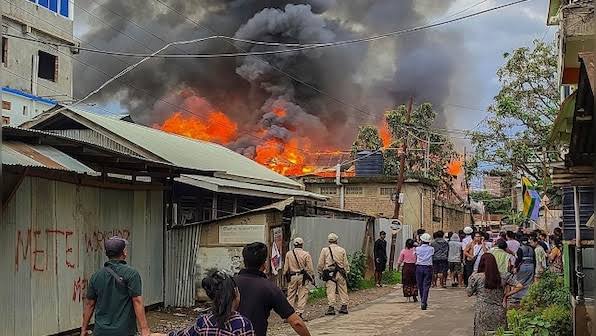
The Mumbai based Centre for Study of Society and Secularism (CSSS) carried out an extensive field report on the Manipur violence and came out with its report titled “Peace Eludes Manipur” in May 2024. Along with are two excerpts from the report, which present and analyse the persisting fault lines in the North Eastern State.

In an accompanying article published separately writer and traveller Himali Kothari recounts her experience of reading the CSSS report and how it shook her to the core.
The Persisting Violence and Losses
The conflict raging for almost a year now has witnessed massive losses. There is a substantial loss of life and property. Houses of both Kukis and Meiteis have been attacked, vandalised and torched. The Meiteis alleged that properties owned by Meiteis in Churachandpur were razed to the ground by the Kukis, such that it was difficult to trace where the house or property once stood. They also claimed that the properties belonging to the Kukis in the valley have been left untouched. Seventy thousand persons have been displaced, of which forty-five thousand are Kukis.
A large number of places of worship in the valley and hills were also vandalised and desecrated. More than 300 churches have been allegedly burnt down. These include churches of the Meities and Kukis in Imphal. Some temples/ shrines of the Meiteis in the hills were destroyed. The Kukis and some of the Meiteis have confirmed that in Meitei-dominated areas, while the churches belonging to the Kukis were vandalised and attacked, the churches of the Nagas/Thanguls next to them were left untouched.
An Impassable Border:
The Manipur conflict has resulted in an unprecedented phenomenon of ethnic cleansing in an Indian state. Heavily guarded boundaries within the state between territories inhabited by different communities, Meities and Kukis, have been drawn up. But this redrawing of boundaries is not official because no separate state has been carved out. However, the boundaries are as rigid as borders between two hostile countries. They are protected by different security forces, such as Assam Rifles guarding the Kukis and Manipur police guarding the Meities. The violence that started on 3rd May resulted in assaults on the life and properties of Kukis in Meitei areas and Meiteis in Kuki areas. The Kuki population in the valley districts was systematically handed over to the army and evacuated to the hills inhabited by the Kukis. Similarly, after the riots, the Meiteis from the hills were evacuated by the security forces and sent to Meitei-dominated areas in the valley districts. In a span of a few days, the Kukis and Meiteis were systematically sent to the hills and the valley, respectively, resulting in complete ethnic cleansing and segregation. This segregation of ethnic zones with the involvement of security forces is not legal, and it is unprecedented! However, it is done on the pretext of securing both ethnic groups. No one has challenged this unprecedented action.
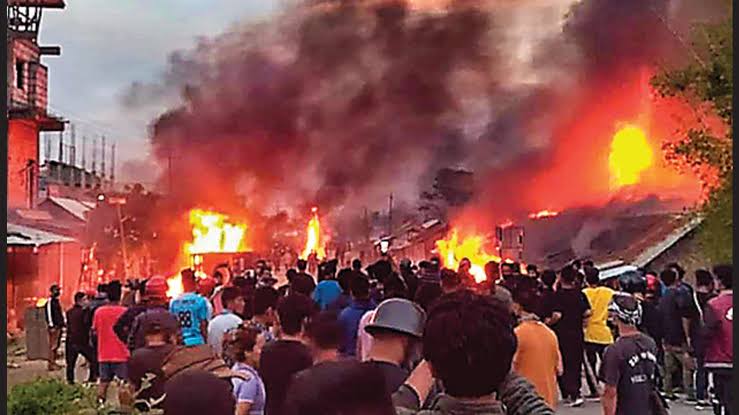
A border between the hills and the valley has been established to maintain this segregation. This so-called border has seven checkposts set up by the Indian Army, Assam Rifles, Border Security Force, Manipur state police, the Meira Paibis and others. There is also a buffer zone. The Kukis and the Meiteis, including the Kuki elected representatives, are not allowed to cross these boundaries and go to the ‘other’ side. Any Kukis trying to cross into the valley and, conversely, any Meiteis going into the hills are stopped. There have been incidents of shooting unwanted intruders. Over the last ten months, there have been several instances of gunfire and shootings of persons who strayed into the buffer zone, including a Kuki marriage party. The killings continue in the so-called ‘border’ areas if the members of the ‘other’ community are found in those areas. The team was told about how guests from a wedding party were lost and entered the wrong side of the border. They were chased and killed.
Non-Kukis and non-Meiteis can travel across the border after clearing the checkpoints, where they are interrogated about the identity and purpose of travel. Only Pangal drivers – as a Meitei Muslim is called – viewed as an acceptable group to both Kukis and Meiteis are allowed to drive non-Kuki and non-Meitie visitors who want to cross. The border is so stringent that the Kuki-elected MLAs could not attend the state assembly session. A crippling fear of being killed prevails. Such a border is truly unprecedented and a distressing reflection on the scale of the conflict. The relief to the hill areas has been routed through Mizoram, bypassing the Imphal valley. The nearest airport in the valley is about an hour’s travel from the hills. However, the route is inaccessible because of the ‘border’. Thus, to travel out of Manipur and access an airport, the Kukis must undertake an eight-hour-long arduous road journey to Aizawl in Mizoram.The CSSS team travelling from Imphal to Churachandpur took more than 3 hours on their journey, even though the distance is only about 60 kilometres and, in a regular scenario, should have taken one hour. The two additional hours were spent getting frisked. The vehicle and luggage were thoroughly checked at the seven checkpoints manned by the different heavily armed security forces, all placed within a distance of half a kilometre. The team members had to produce valid permits and identity cards and answer a barrage of questions about where and why they were travelling. The checking at each checkpoint was stricter than any of us have ever experienced in our international travels, including to and from Pakistan.
While we were doing our work in the valley, a Meitei friend asked us to inform the Manipur police about our intention forthe next day’s travel to Churachandpur. First, we ignored his advice as while undertaking fact-finding work in other areas, we have experienced that police, more often than not, obstruct our work. However, our friend insisted and volunteered to take our written request to the police headquarters and deliver it to them. We finally heeded his advice and wrote an information letter later that evening. The reply from the police was prompt. It advised us not to travel early in the morning but instead begin our journey in the afternoon. There was a rally in Churachandpur in the morning, which, according to the police, could be a risk for us. We decided to heed the police advice as we were also given a police escort vehicle after crossing the ‘border’. We would not have been able to negotiate the checkpoints without the help of the police officer in charge of the escort vehicle, who talked over the telephone to the security personnel at the checkpoints and requested them to allow us to cross the borders. The driver of our vehicle, Meitei Pangal, had to pay a ‘toll’ of INR 100 at the checkpoint, which was put up by Kuki women to let his vehicle pass after thoroughly checking the passengers. The Pangal driver charged the team at least five times more than the usual fare, given these extraordinary times and the risk involved to his life.
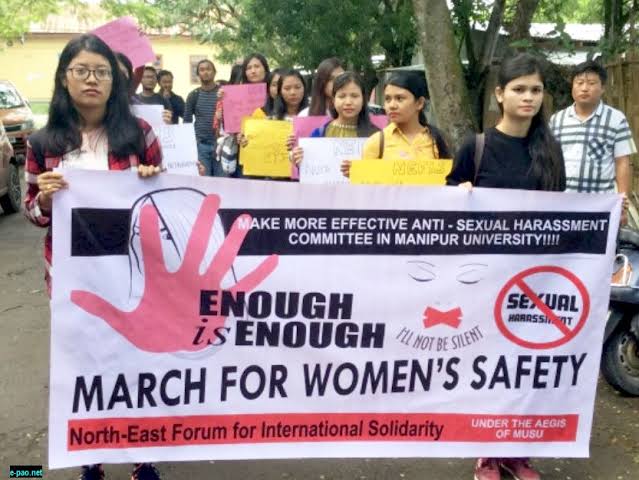
The scale of the violence that has unfolded in the state can be gauged by the large number of deaths reported in the media. The reported deaths have crossed 200. Hundreds have been injured. The most appalling is the sexual assaults and rapes during this conflict. Rape is used in conflicts as a political weapon to humiliate the entire community. After the videos of Kuki women being sexually assaulted and paraded naked went viral, the scale and horrendous nature of this conflict dawned upon the country and the world. While it is still unclear how many rapes were reported on either side, one of the women’s organisations in Churachandpur has documented over thirty-six cases of sexual assaults on Kuki women in Imphal. Some survived the attacks and sexual assaults, while others died. In the cases compiled by this women’s organisation, there are allegations of Arambai Tenggol’s involvement in these attacks on Zwomen. These documented cases also describe how members of the Meira Paibis aided some of the sexual assaults on the Kuki women.
Conclusion:
The conflict in Manipur is multi-faceted and is attributed mainly to the deliberate divisive policies of the ruling regime, which has vested interests in the conflict. The stone-cold silence of the Prime Minister in the face of this conflict, which has led to ethnic cleansing and segregation of the two communities with a rigid border, is a telling sign that no political solution is in sight. It also implies that this humanitarian crisis has no end in sight. This spells unspeakable hardships for the 70,000 displaced Kukis and Meiteis who have lost their houses and livelihoodsand are living in relief camps. Their fates hang in suspension.
While there are few prospects of justice in a society so thoroughly brutalised, with women being raped and innocent citizens being beheaded, the militant groups of Arambai Tenggol and Meitei Leepun are freely spreading violence in society. The fact-finding team has tried to understand the future of peace in Manipur and the way forward in these circumstances. The sane voices from civil society hold immense wisdom. They are potent to usher dialogue and healing and should be taken seriously. These suggestions and perspectives provide a tiny opening for light to enter the darkness of violence and hatred.
Epilogue:
When writing this epilogue, it will have been one year since the violence started in Manipur on 3rd May 2023. A year has passed, but the painful reality persists – nothing has changed. In the past year, there has been no attempt to start a political dialogue for a solution. Both the communities – Meiteis and Kukis are divided by the physical ‘border’ guarded by armed officers and militants at different checkposts. Crossing this border to the ‘other’ side is impossible. It is simply impassable! This includes the bureaucrats stationed across the border, doctors who were forced to abandon their duties at hospitals, and students who have lost out on their education at universities. Blockades are stopping any aid going from the valley to the hills. The only way out from the valley is through the Imphal airport. At the same time, the only way out of Manipur for the Kukis is through Aizwal airport, a 12 to 14-hour road journey.
The physical boundary is rigidly drawn, but worse is the hatred and distrust that continue to divide the two communities to the extent that members cannot talk to each other publicly, come on the same platform to discuss peace or express solidarity towards the losses on both sides.
Responsibility for the continuing stalemate in the conflict and ongoing violence can be attributed to the deliberate inaction of the state. While the informal understanding when the violence erupted was that Union Home Minister Amit Shah would ensure law and order in the hills and Chief Minister Biren Singh wouldensure the same in the valley, shooting in the so-called buffer zone continues, regularly claiming innocent lives. This continuous firing can be partly attributed to the 4500 ‘looted’ weapons in the hands of the militia with no attempt by the state to recover them. This has fostered an atmosphere of fear and helplessness.
What is perhaps most shocking and disappointing is that the Prime Minister of India has not yet spoken about Manipur except to pay lip service to the women of Manipur who were sexually assaulted on video. This, too, only happened after the opposition moved a no-confidence motion in Parliament. The Prime Minister has not visited or acted on the most severe and unprecedented conflict facing India. Ironically, while maintaining that things are under control in Manipur, he has visited other countries but refrained from speaking about the Manipur crisis, which has grabbed international attention. Chief Minister Biren Singh, on the other hand, has spoken the language of hatred and division by not reaching out to the Kukis and favouring the Meiteis. The CM continues to make hate speeches against the Kukis and promotes hatred through the narratives of Kukis being narco-terrorists and illegal immigrants. Adding to the conundrum, Home Minister Amit Shah publicly stated that Kuki’s demand for a separate administration would not be granted.
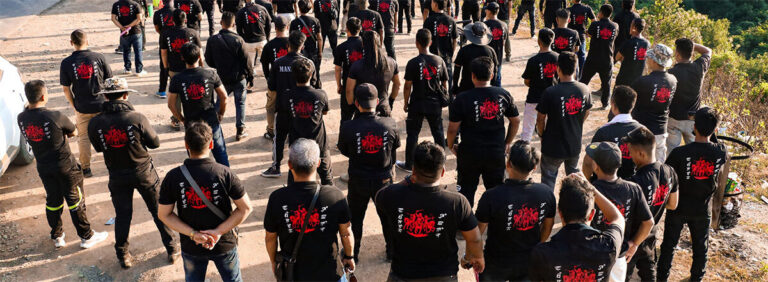
Another concern which needs to be flagged prominently is that no action has been taken against Arambai Tenggol, whose role is well documented in media and other reports in perpetrating violence and targeting the Kukis. This militia, supported by the ruling regime, has been instrumental in fomenting violence and, as per reports in the public domain, has looted the arms from the state armoury. They are emboldened by the impunity given by the state to carry on their majoritarian agenda, which is distinctly communal, too. In the most incredulous move, 37 of Manipur’s Meitei MLAs and two of its Meitei MPs publicly took an oath, with the chief minister and deputy chief minister signing on, to promote and pursue Arambai Tenggol’s objectives with the Centre. This ceremony took place at the historic Kangla Fort with the Arambaai Tenggol chief Korounganba Khuman coming to the venue in a police vehicle with an illegal weapon. The six demands of the organisation include removing ‘illegal’Kuki tribes from the scheduled tribe list, replacing the Assam Rifles with another force and scrapping the Suspension of Operations agreement (Thapar, 2024).
Finally, the biggest concern facing Manipur is the fate of 70,000 displaced persons who continue to live in relief camps one year after the start of the conflict. Their fates are suspended in uncertainty and helplessness as they are hurdled together in relief camps with inadequate food, medicines, toilets andlivelihoods. These people have lost everything, including, for some of them, their loved ones. Their plight seemed to have evaded the conscience of the state entirely since no solution has been offered or discussions initiated around their rehabilitation.
The only steps taken so far by the state are the ones aimed at targeting the Kukis and pacifying the Meiteis. These include scrapping the free movement regime along the Myanmar border for “the internal security of the country and maintaining the demographic structure of India’s North-Eastern States”. This gives currency to the narrative that Kukis are illegal immigrants from Myanmar. The Union Home Ministry has also announced the fencing of the 1643-kilometre Myanmar border with India. The Zo community has a significant presence in Manipur and Mizoram, parts of Assam and Nagaland, and adjoining areas of Bangladesh and Myanmar. Similarly, Nagas live in Nagaland, Manipur, Arunachal Pradesh, Assam, and neighbouring Myanmar. This move of fencing will pose challenges for these communities to maintain relationships with their families across the fence. These steps will further alienate the Kukis and their resolve for a separate administration.
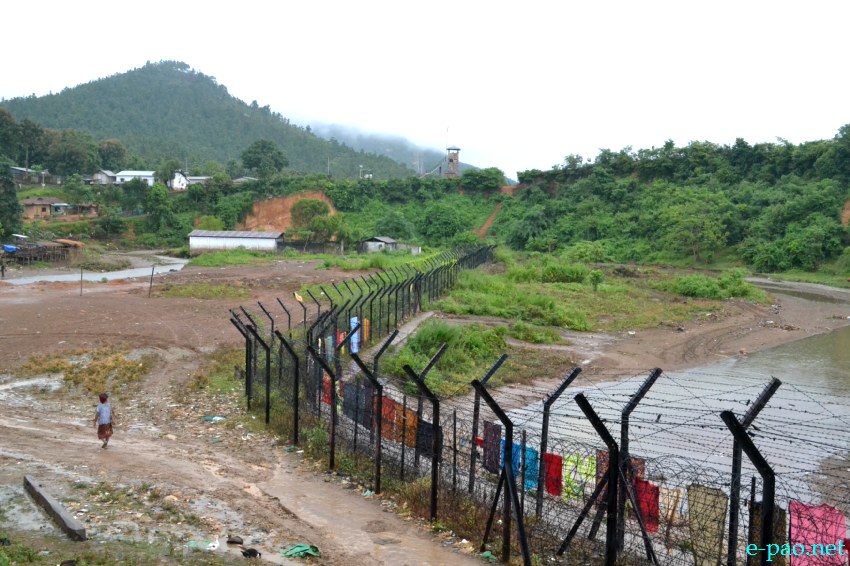
The onus of bringing a political solution to Manipur and initiating the healing process is on the central and state governments. Until the state does not initiate the process, peace will elude Manipur. Hatred and distrust are tearing down Manipur’s social fabric and have blown to smithereens any resemblance of humanity and solidarity. A completely decimated Manipur needs healing state action and consultation with the civil society, which will help rebuild an atmosphere of peace, justice and truth. Otherwise, Manipur will continue groping in the dark.
To read the full report, Click Here
To read the article by writer and traveller Himali Kothari upon reading the CSSS report, Click Here.


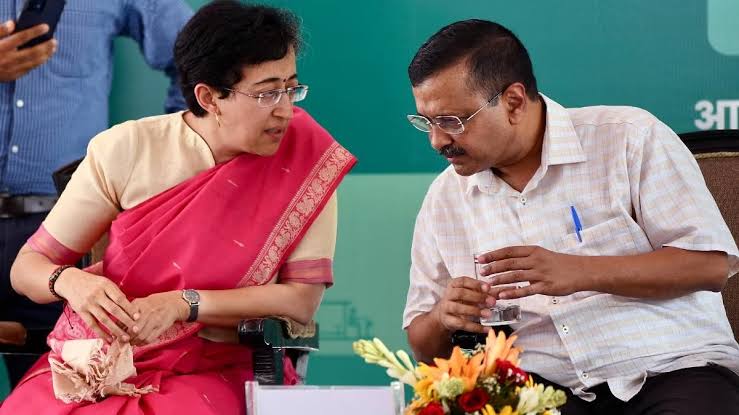
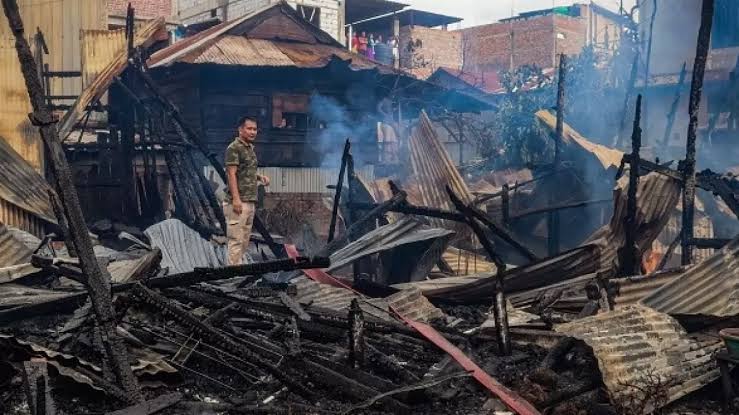

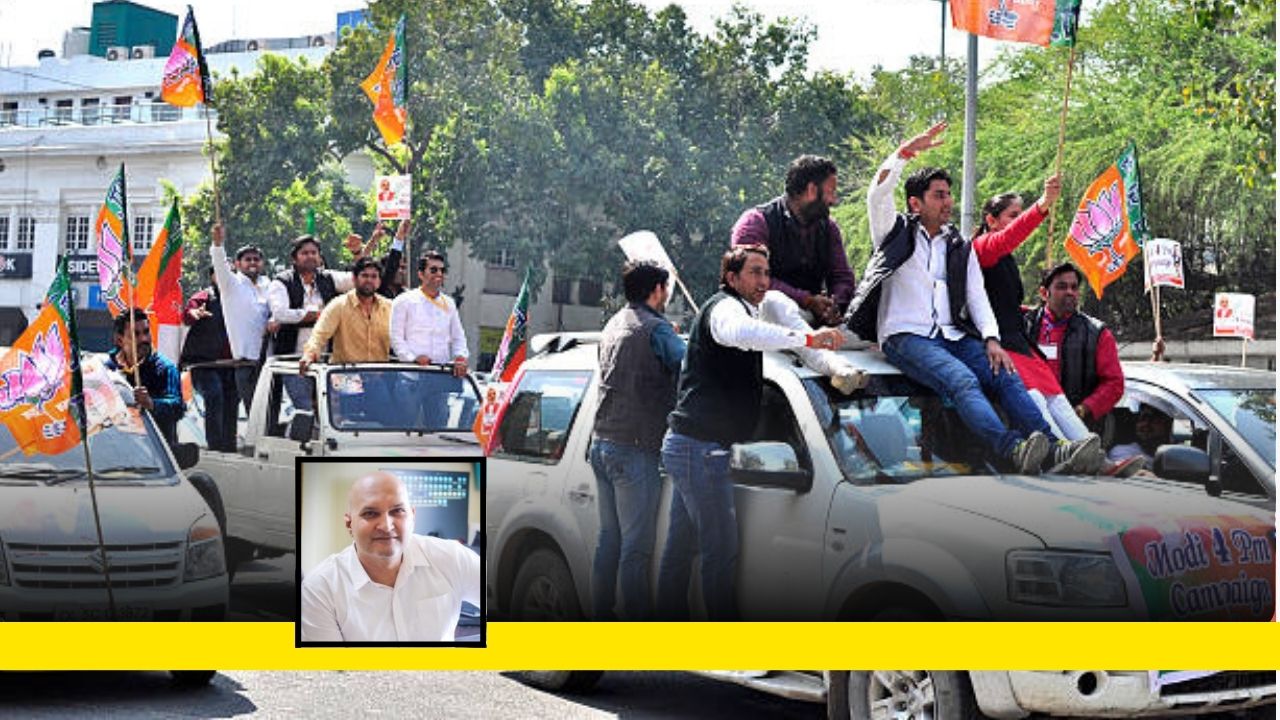
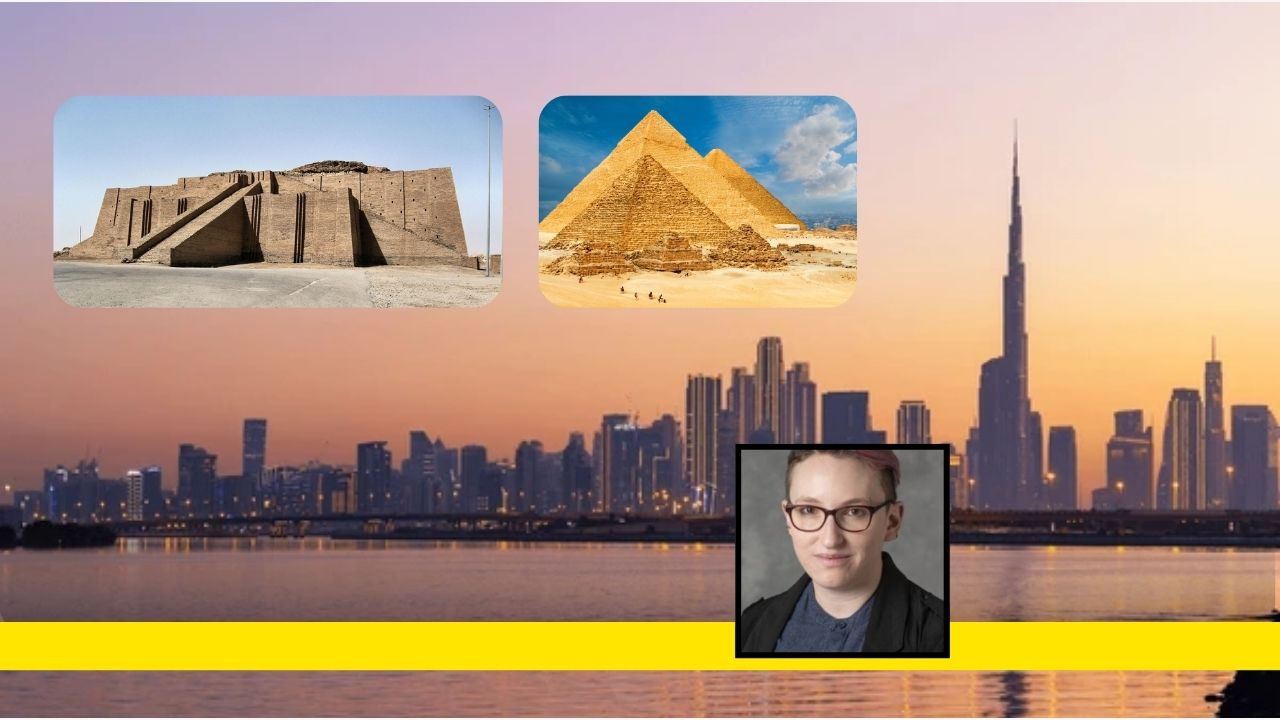
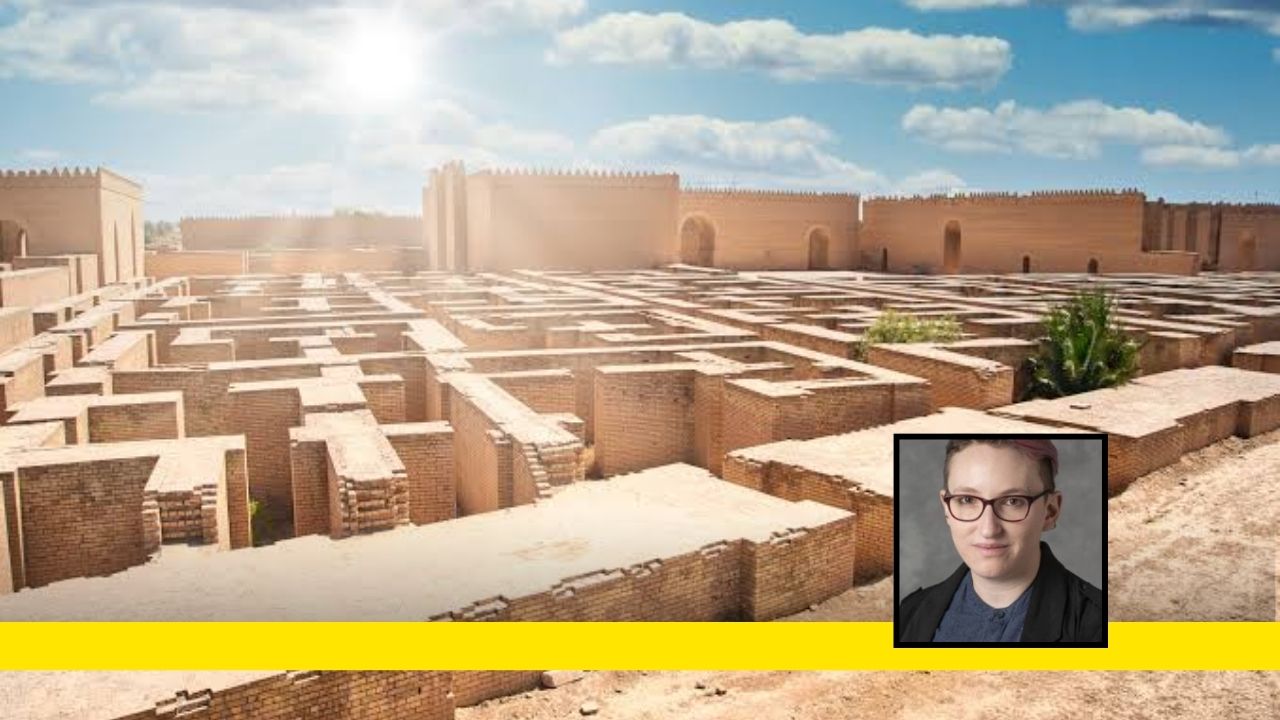
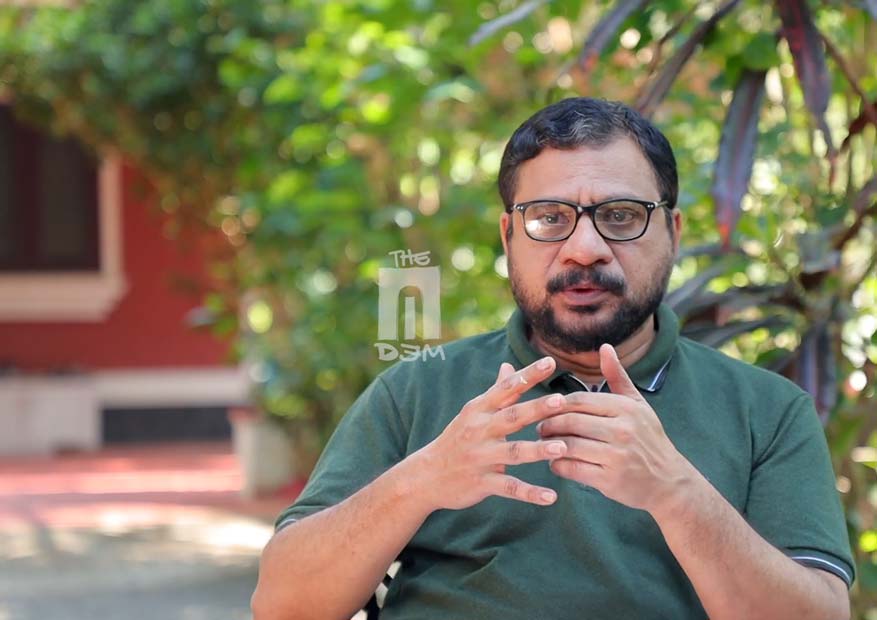
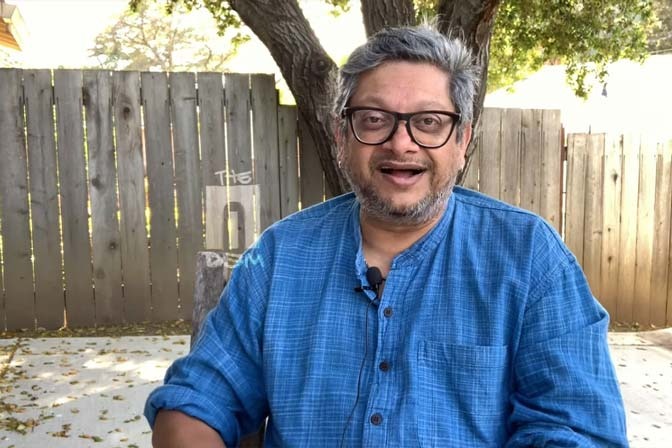
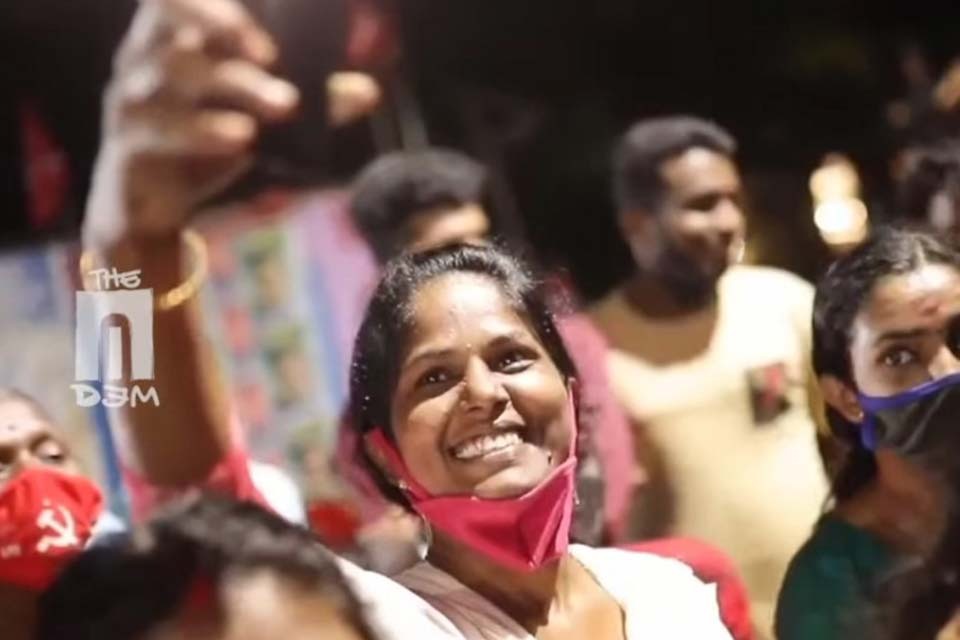

[…] പ്രസക്ത ഭാഗങ്ങൾ വായിക്കാൻ, ഇവിടെ ക്ലിക്ക് […]